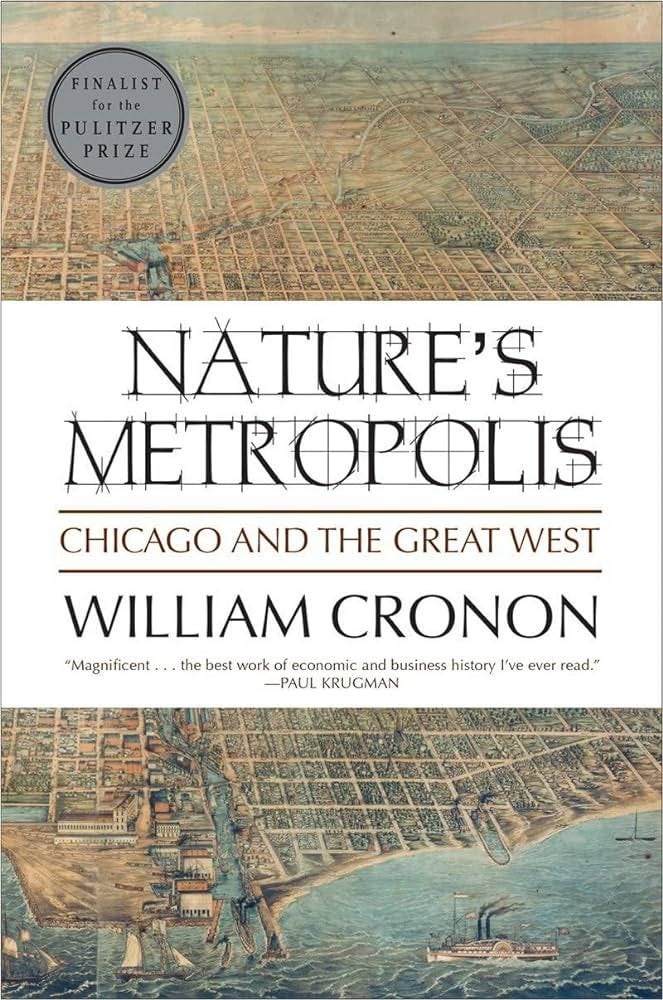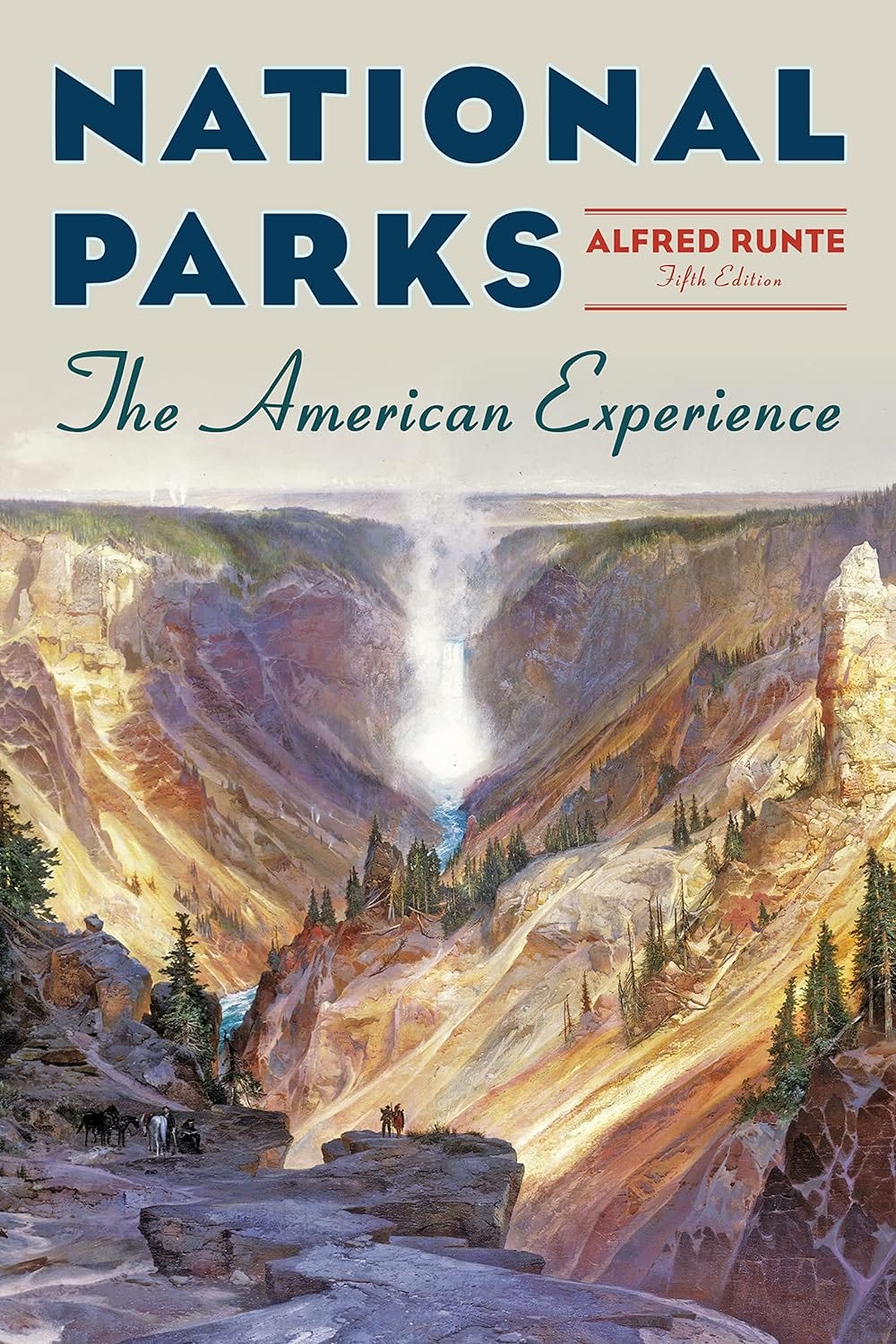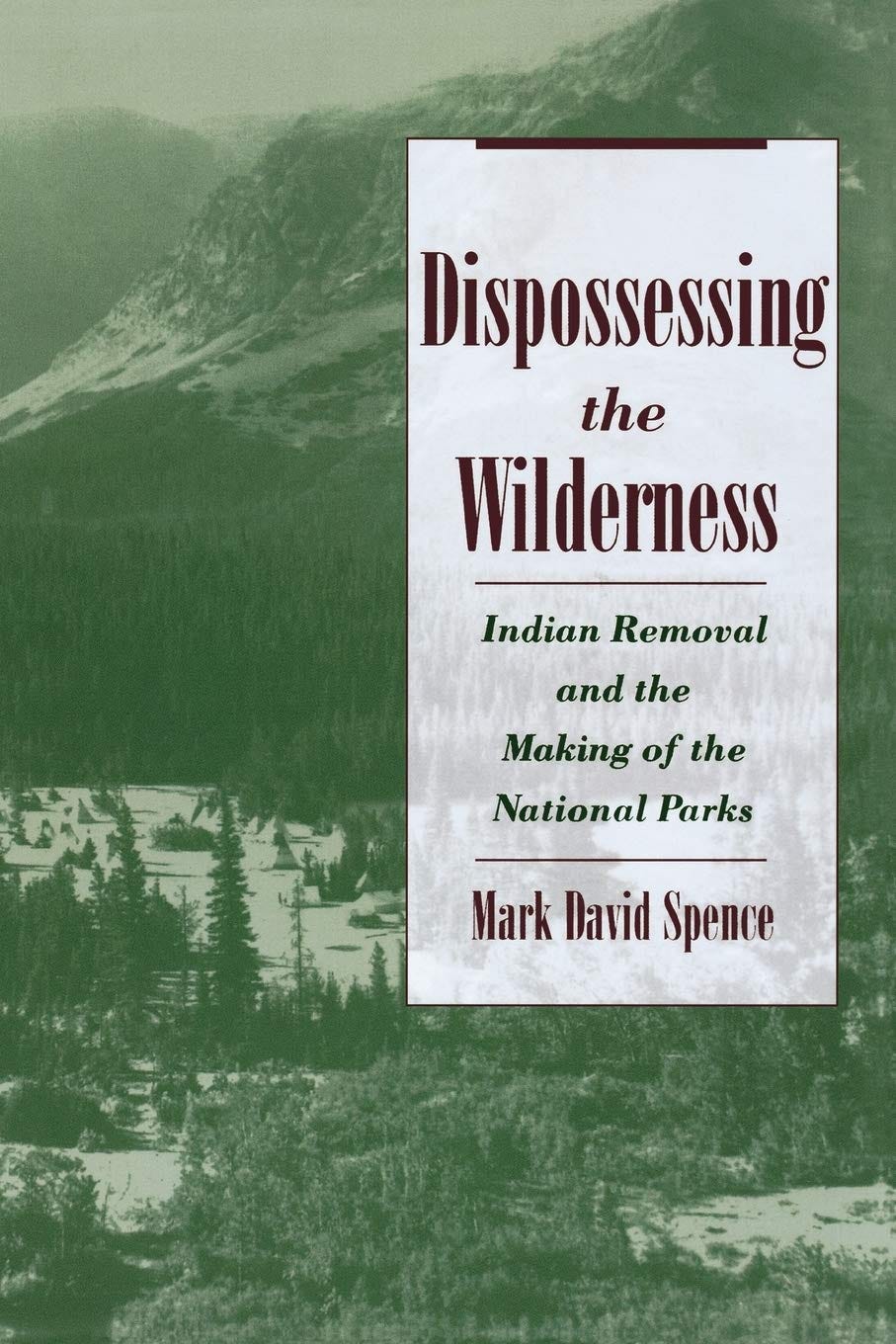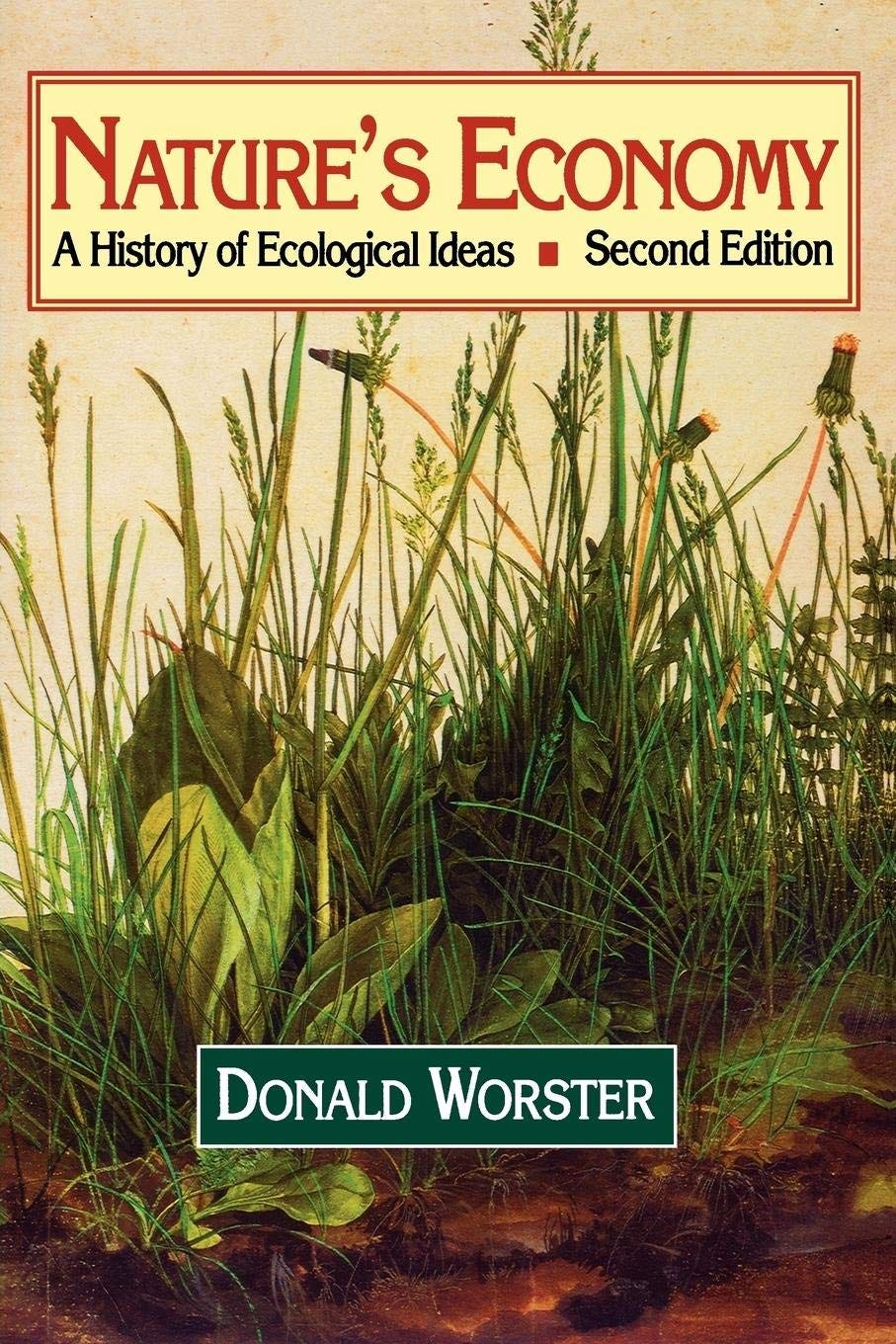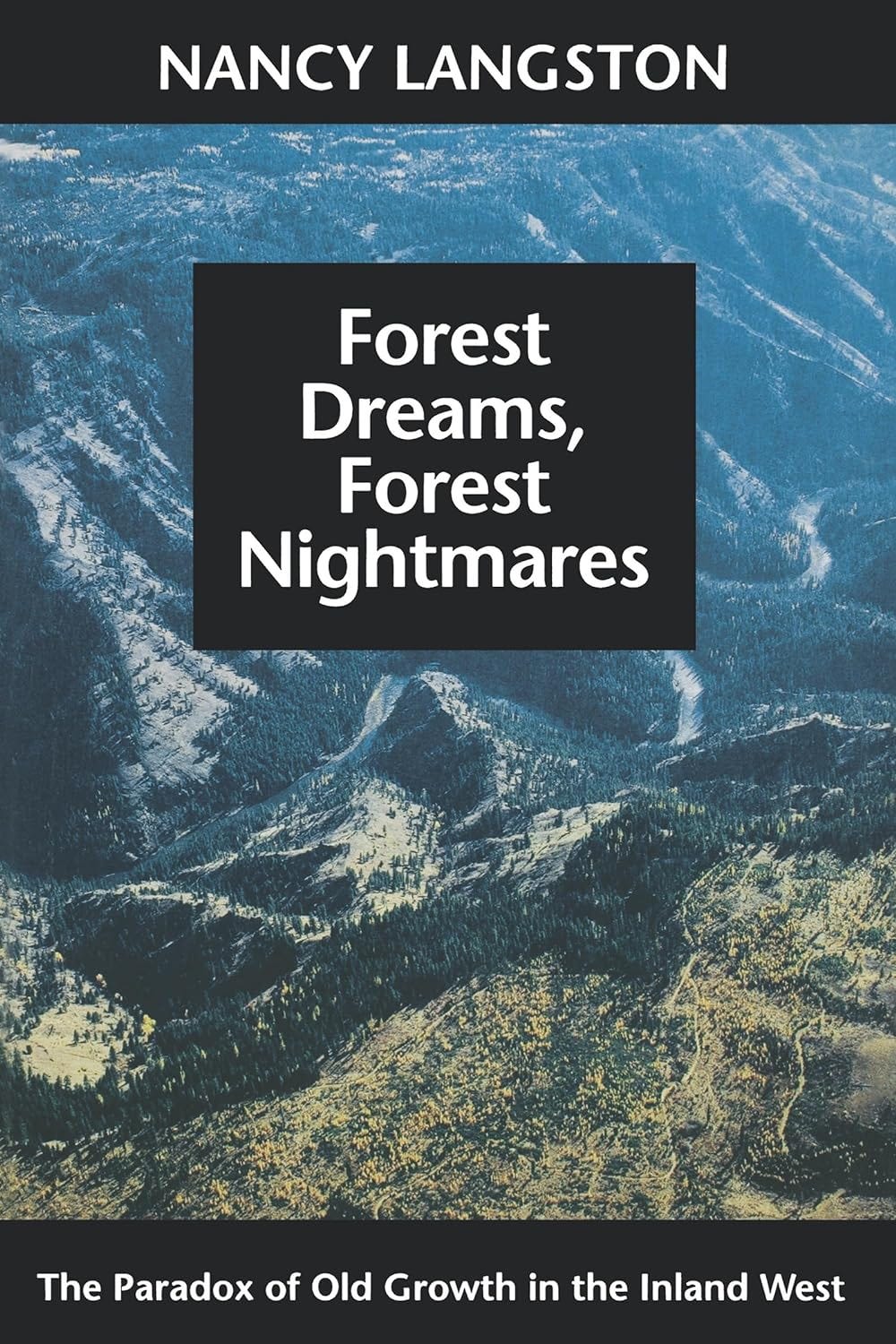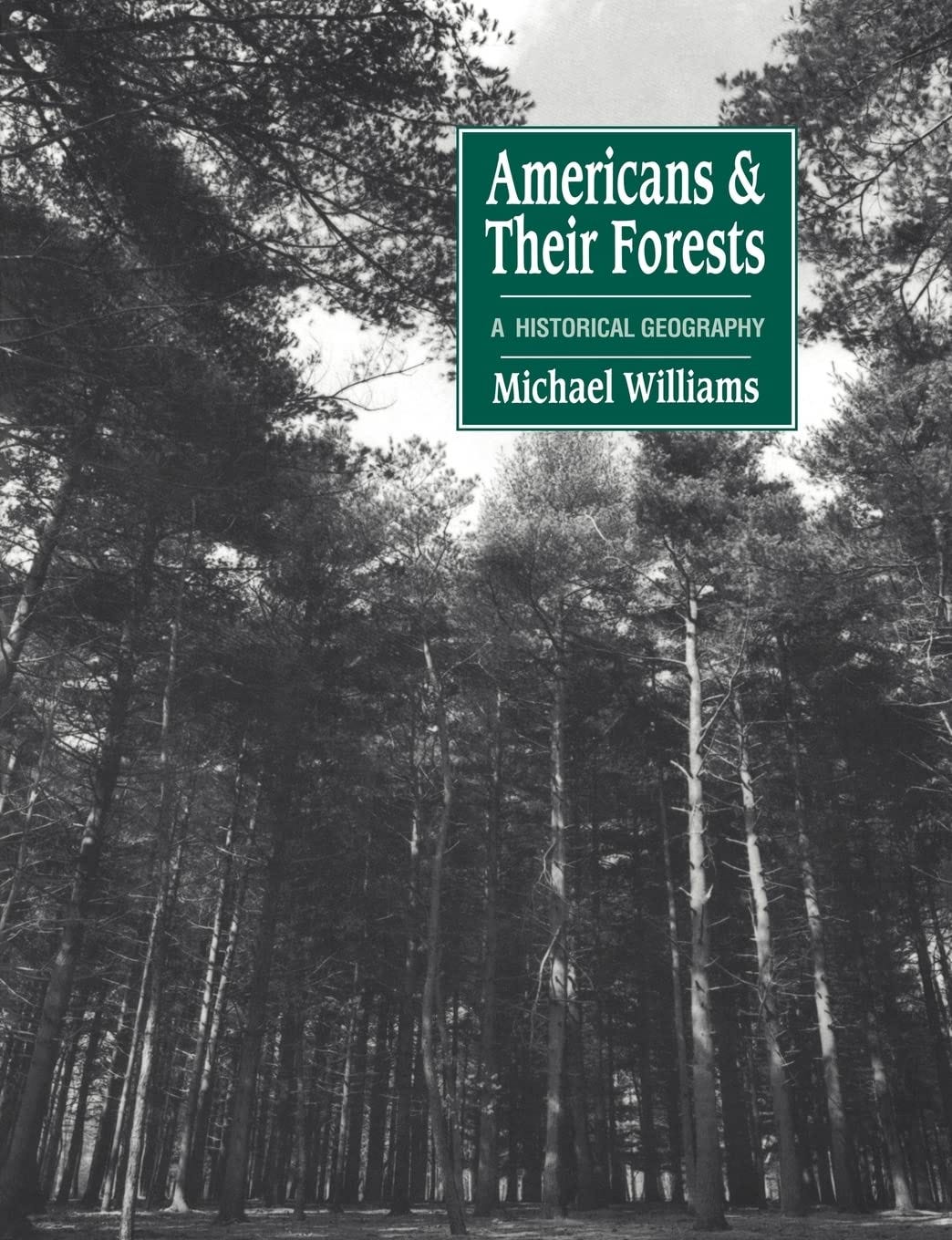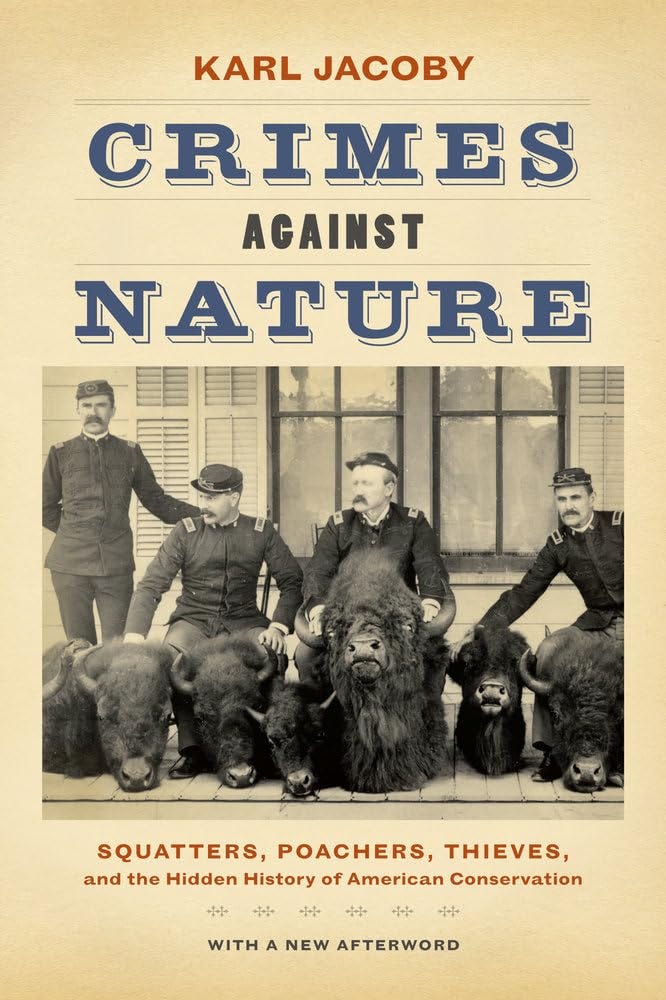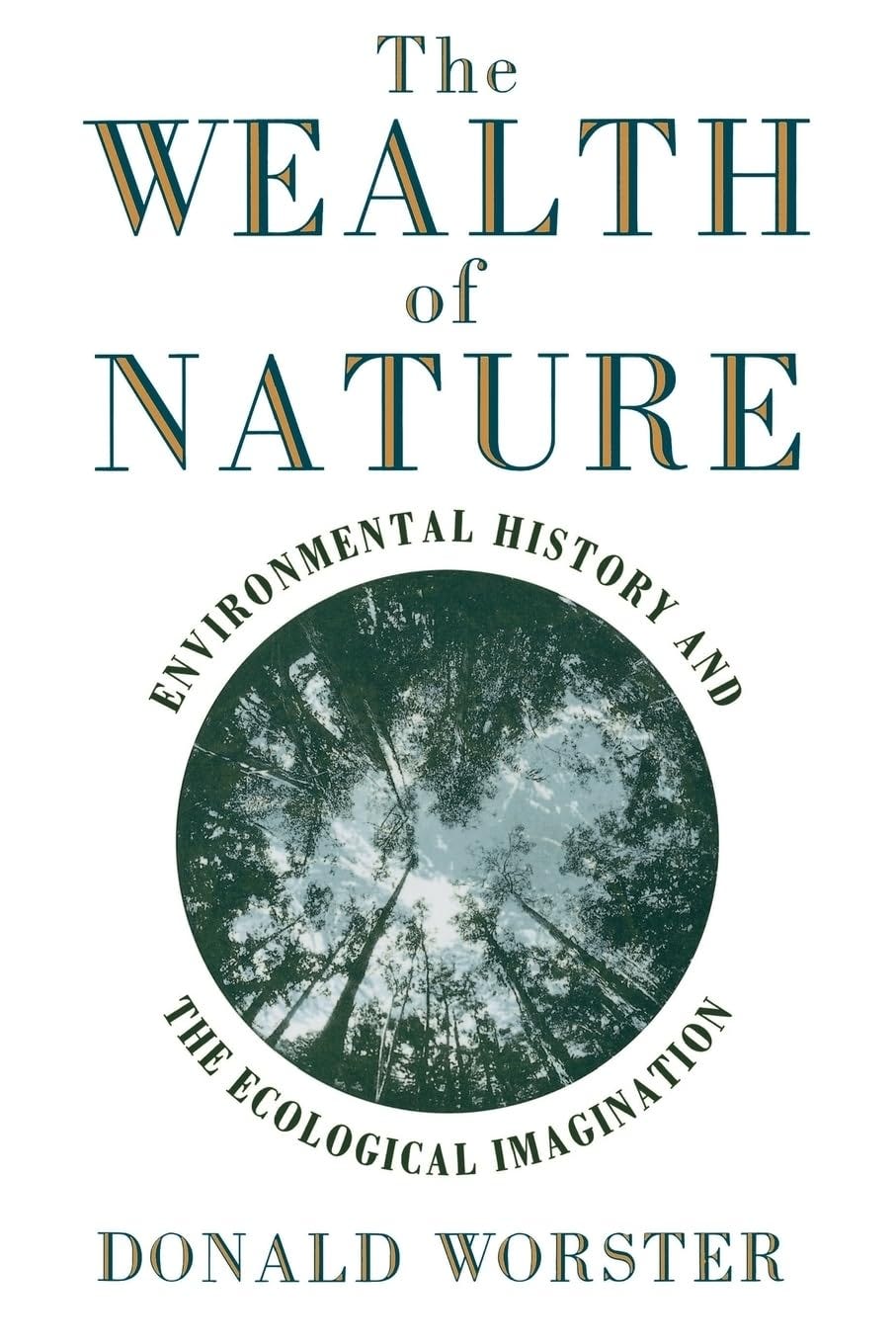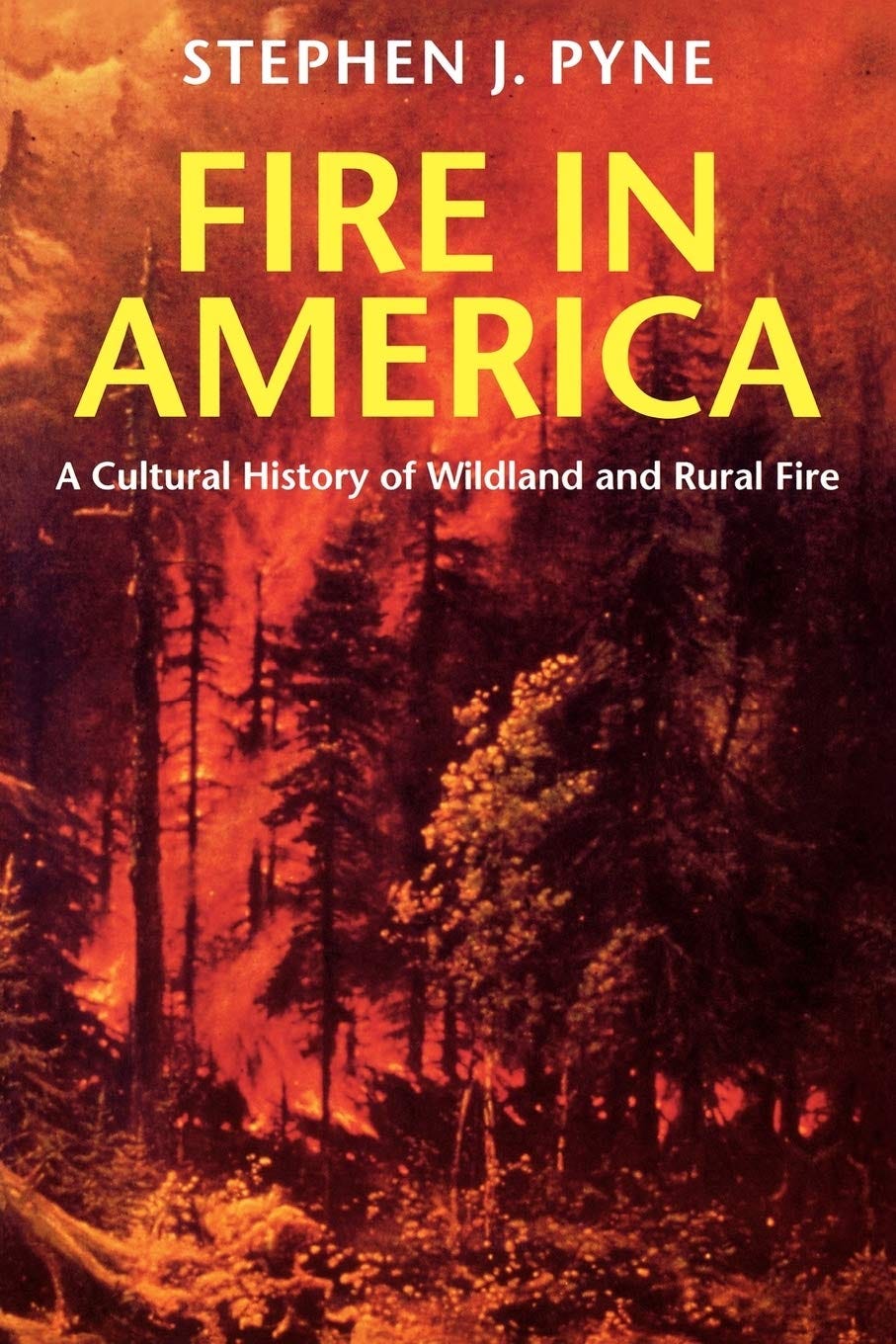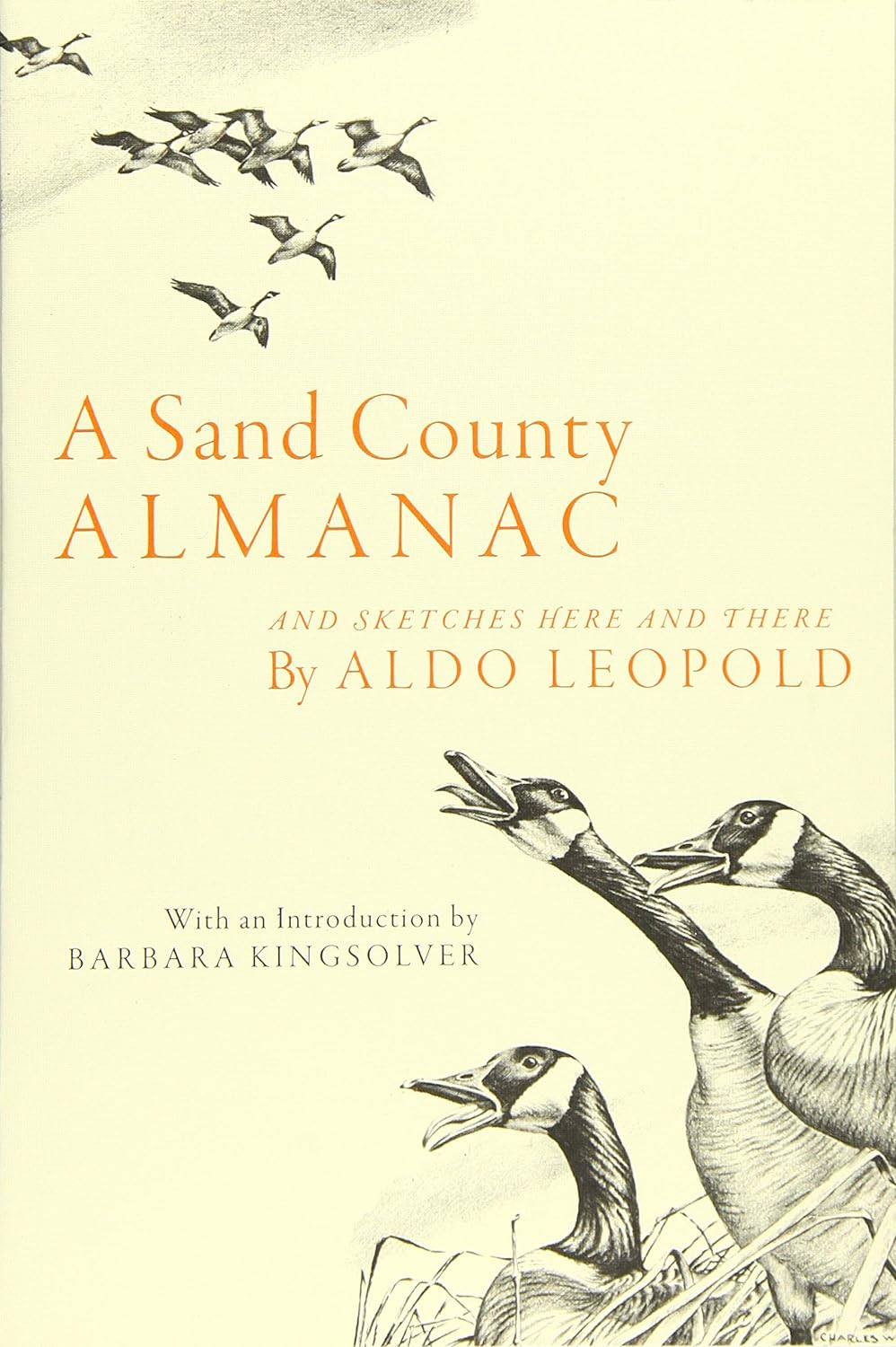Last spring I walked to the library and picked up Charles C. Mann’s The Wizard and the Prophet. To my great surprise, it was impossible to put down. Many of the “environmental history” books that I had previously come across were so rich and dense that wading through them required quite an effort. I appreciate these detailed accounts but admit that a cover-to-cover odyssey is often too draining. Uniquely, Mann’s pages truly turned themselves.
Since my first reading, Mann’s description of “conservation’s” evolution had stuck with me. The history of this now virtuous title is much muddier, darker and more complicated than I had thought. Where I had previously, without question, considered myself a conservationist, its history had me wondering if I actually understood what “conservation” meant.
In an effort to douse my curiosity with more resources, I stumbled upon a book that, like The Wizard, had my attention in a vice-grip until the back cover fell. A page-turner of incredible breadth and depth about not just conservation but nature’s place in the entire American story. That book, by Ted Steinberg, is Down to Earth: Nature’s Role in American History
A tree…
Down to Earth is a sweeping history of how “nature” is undeniably intertwined with the events of American history. The narrative boldly draws the, often sidelined, connections between humans and the nonhuman world that they relied on for survival. Covering an amazing swath of topics and time with break-neck speed, this book quickly became one of my favorite reads — one that I will, undoubtedly return to for reference and inspiration.
Steinberg begins by describing just how impactful human habitation was to North America before a single European foot stepped on its shore. Far from a “pristine wilderness,” the ecology of the continent was constantly transformed by the (estimated) 18 million people who relied on it — some have this number as high as 100 million. These people were not modern environmentalists; they burned forests, hunted game and sometimes over-consumed, but did so with motivations quite different from the Europeans settlers. Native Americans “experienced the environment on a number of different levels — moral, spiritual, and practical,” and strove for ecological security instead of maximum production. Guided by day-to-day needs instead of market logistics, they were purposefully impactful in taking-from and giving-to their surroundings. The denial of this fact has been used across this country’s history to justify the unbounded expansion into “untouched” wilderness, the expulsion of people from their homeland in the name of conserving a nature that they created, or, in the modern day, the romanticizing of a way of living that never existed and/or the vilification of human impact of any kind.
For humans to live, we must take energies from our surroundings. This reality is as true for us now as it was for native communities and early settlers. To peer back into the unromantic and brutal (often deadly) reality of the European colonies is to view a time when Americans were explicitly reliant on the resources, materials, geographies and seasons for survival. We can see what these communities consumed, why they consumed it and what the effects of that (often over-)consumption were. In a race to feed themselves and the markets, many early Americans haphazardly razed forests, exploited the soil and transformed the earth into a set of commodities for trading.
Commodities have a special ability to hide from view not just the work, the sweat and blood that went into making them, but also the natural capital, the soil, water, and trees, without which they would not exist. Money…had become the ‘frightful leveler,’ reducing the uniqueness and incomparability of objects to a state of ‘unconditional interchangeability.’”
The importance of commoditization remains buoyant throughout the historical narrative as a lubricant for the consumption and destruction of the nonhuman world. Steinberg states it is the “single most powerful tool for parceling out resources” — an entrenched concept that drains matter (living and nonliving) of its meaning and history in service of growth, efficiency and progress. Commodities separate us from the world, yet our world runs on commoditization.
This book has made me wonder if we could ever develop a “sustainable” human existence when commoditization continually erases the ethical bonds that we could have with the flora, fauna, water, soil and air that we will forever depend on for our own existence. How do our leading “sustainable” efforts hold up under this harsh light? Down to Earth asks these questions and reconnects the dots across history to strengthen their resonance today — offering a reprieve from ways of thinking and acting so ubiquitous, they are almost invisible. It has helped me see the forest through the trees — but not just any trees.
If Down to Earth is a tree, its roots are the network of resources — testimonies, papers and books — that give it life, and each have a life of their own. Like a grove of aspen, following any root will lead to another tree, another discovery, another source of curiosity with a new set of roots. This is why I love bibliographies. Below is a collection of resources directly and indirectly related to the book that might be the next stop on your research journey.
…and its roots
The chaser to the above book is William Cronon’s “A Place for Stories: Nature, History, and Narrative.” Cronon has become one of my favorite authors for his beautifully written essays on nature, history, wilderness and the myths that surround them. I drifted into this piece almost accidentally after finishing Down to Earth but its relation to the book is uncanny. I’d say it’s required reading for anyone fascinated by environmental history.
In “A Place for Stories,” Cronon uses two conflicting books on the Dust Bowl to illustrate the paradox at the heart of history: humans cannot help but organize reality through narratives — stories with a beginning, middle and end. The problem is that natural events do not care about our story structures. So, even while environmental historians work to include and assert the importance of the nonhuman world in its narratives, they cannot help but reshape them into very “unnatural” (human) structures.
If we fail to reflect on the plots and scenes and tropes that undergird our histories, we run the risk of missing the human artifice that lies at the heart of even the most "natural" of narratives.
Nature lacks its own clear voice and doesn’t tell us whether a dust storm is good or bad; only we can do that. The choices that all historians, authors and storytellers make in the structure, setting, and characters of their narratives have effects on the histories we tell and the morals that readers discern. This unavoidable reality of narrative must be embraced, says Cronon for “the virtues of narrative is our best and most compelling tool for searching out meaning in a conflicted and contradictory world.” Stories that make you care can tie the past to the present in ways that can have a real impact on people, their futures and their relationships with the nonhuman world.
Steinberg’s page-turner cannot avoid the realities of human-centered narratives even as he works hard to include as much of the natural world as possible while maintaining a swift pace through history. We readers must remember this and let it serve as an invitation to keep researching, reading and writing.
With that, here are a few intriguing titles that leapt from the bibliography of Down to Earth. While I haven’t read them yet, if you have or pick one up in the near future, please do let me know what you think:
Nature's Metropolis: Chicago and the Great West by William Cronon
National Parks: The American Experience by Alfred Runte
Dispossessing the Wilderness: Indian Removal and the Making of the National Parks by Mark David Spence
Nature's Economy: A History of Ecological Ideas by Donald Worster
Forest Dreams, Forest Nightmares: The Paradox of Old Growth in the Inland West by Nancy Langston
Americans and their Forests: A Historical Geography by Michael Williams
Crimes against Nature: Squatters, Poachers, Thieves, and the Hidden History of American Conservation by Karl Jacoby
This Well-Wooded Land: Americans and Their Forests from Colonial Times to the Present by Thomas R. Cox, Robert S. Maxwell, Phillip Drennon thomas, and Joseph J. Malone
The Wealth of Nature: Environmental History and the Ecological Imagination by Donald Worster
Fire in America: A Cultural History of Wildland and Rural Fire by Stephen J. Payne
Uncommon Ground: Rethinking the Human Place in Nature by William Cronon
A Sand County Almanac by Aldo Leopold
On the Nightstand
A book I am currently reading (and enjoying):
American Canopy: Trees, Forests and the Making of a Nation by Eric Rutkow
Note: All links to Amazon pages are affiliated with Emergetic and a portion of each sale comes back to us. Thank you for your support!





